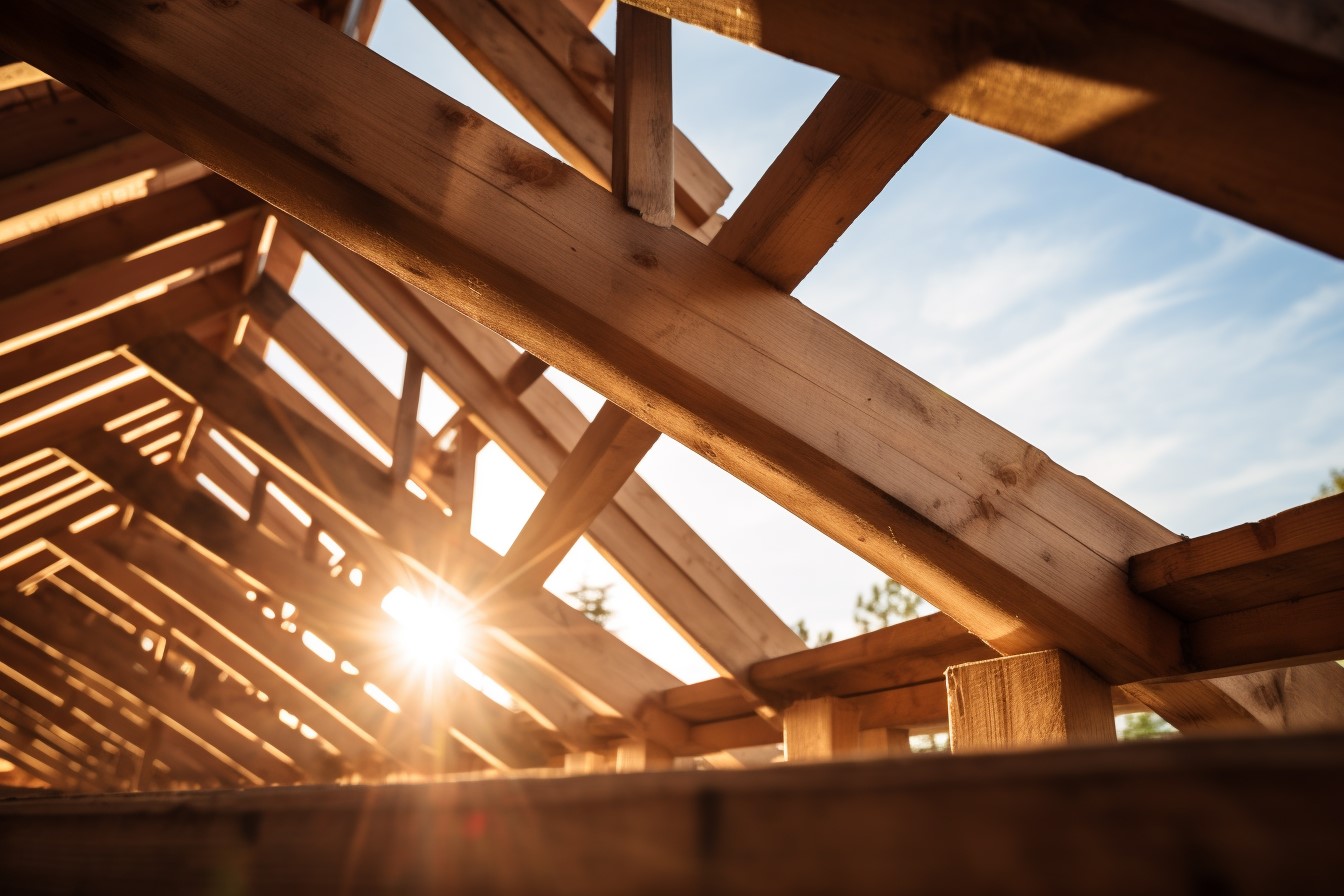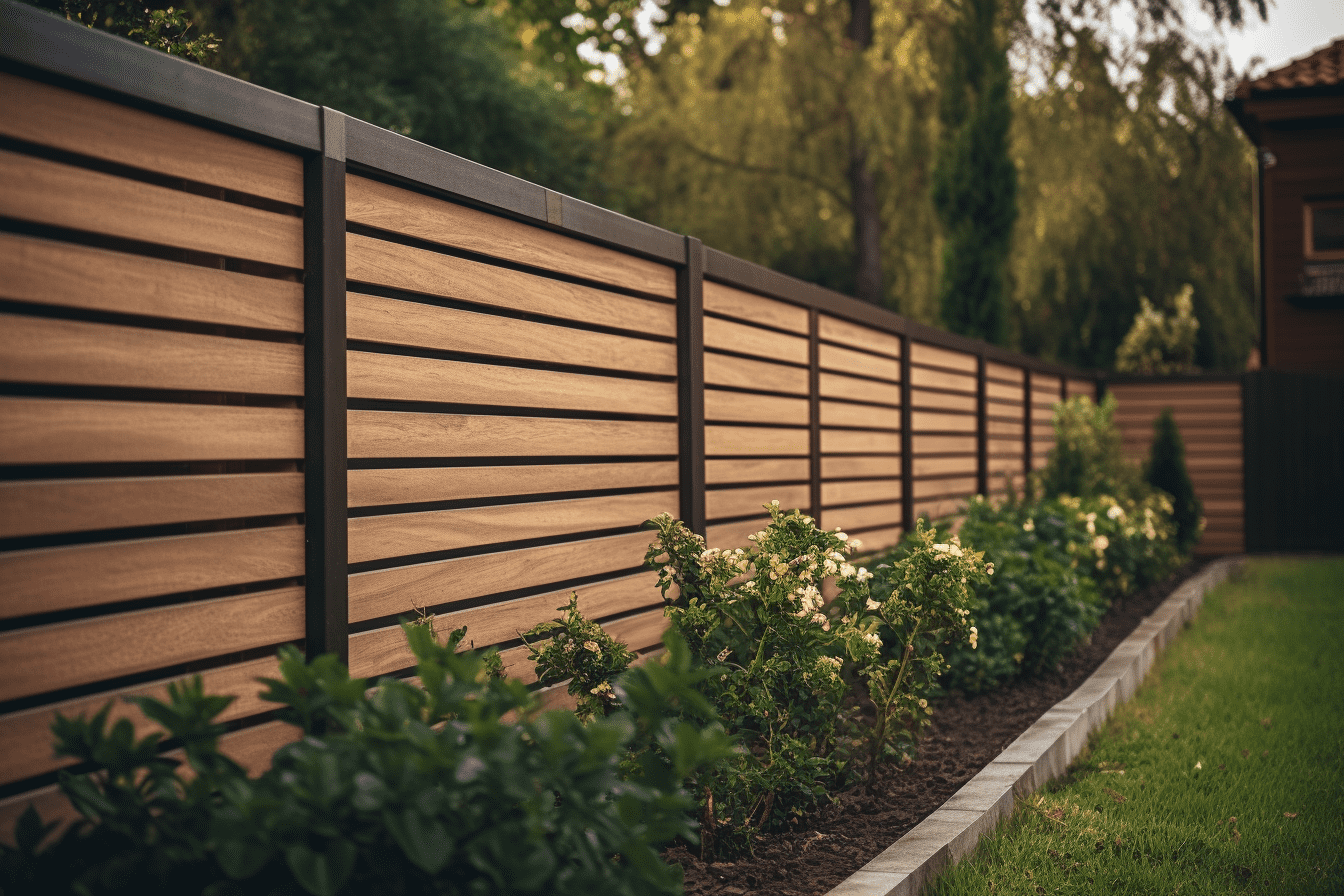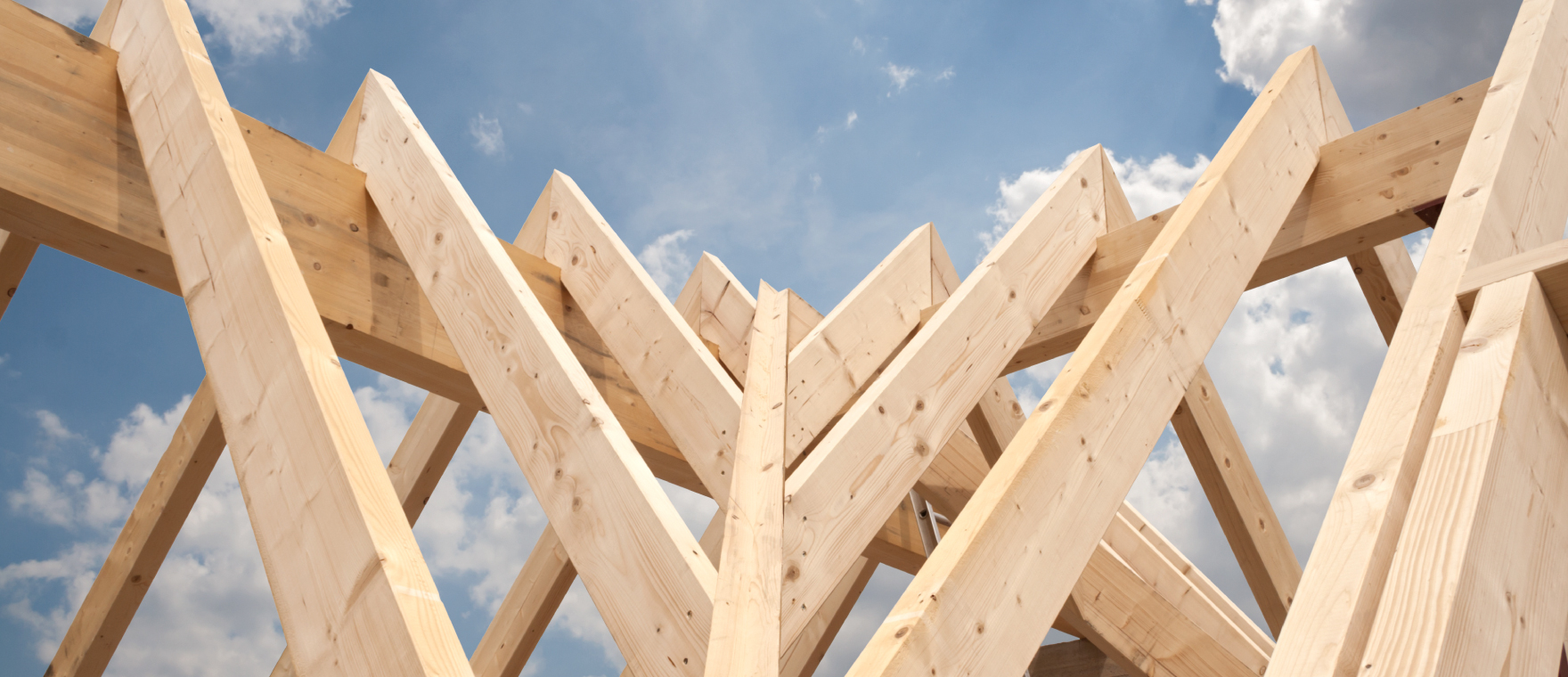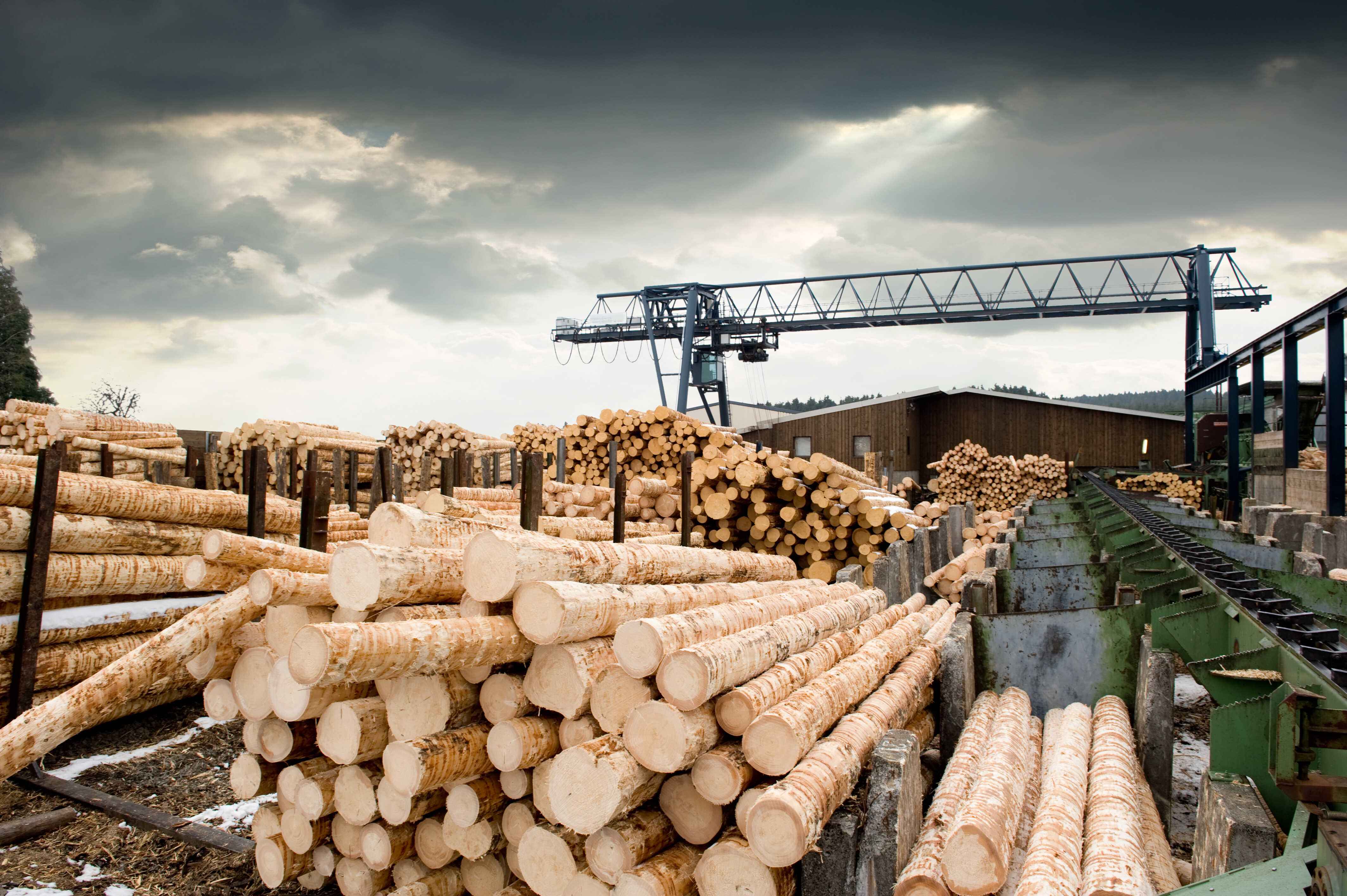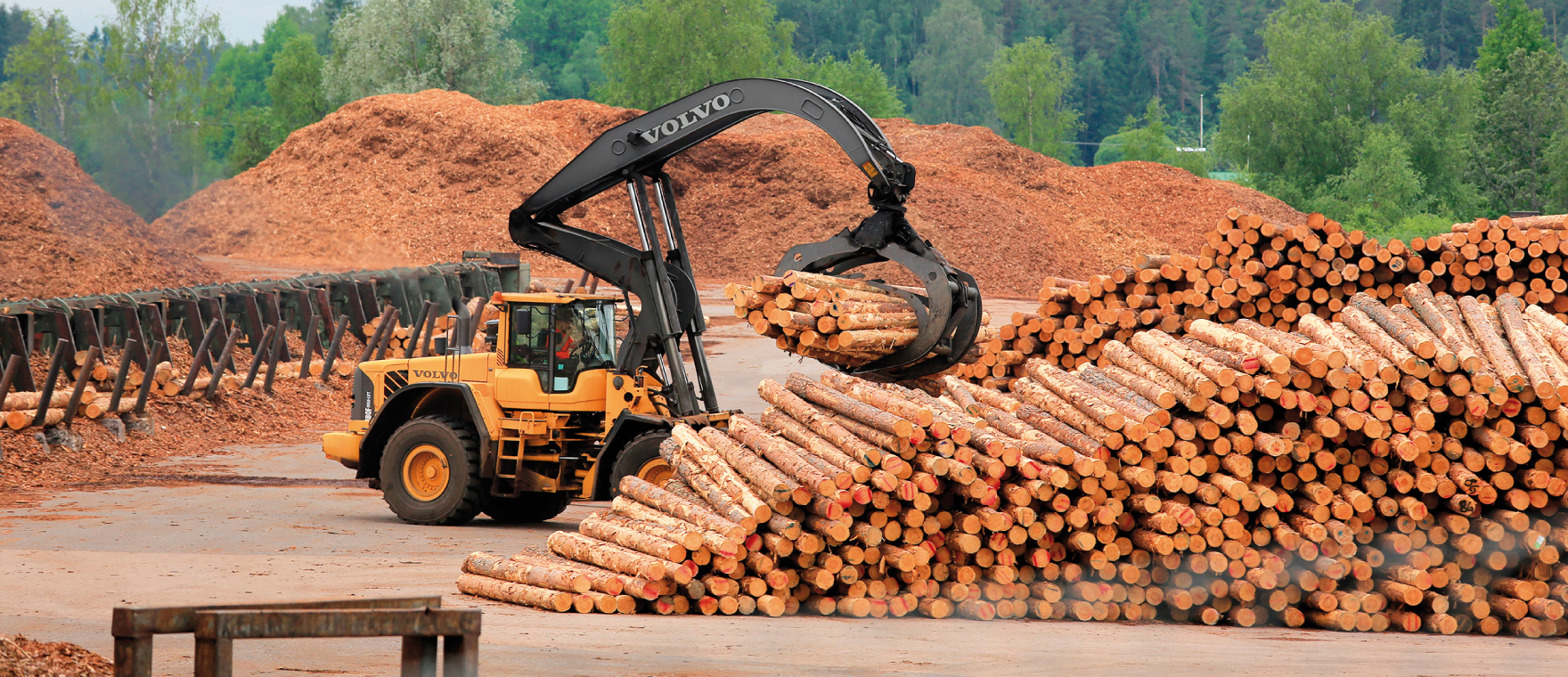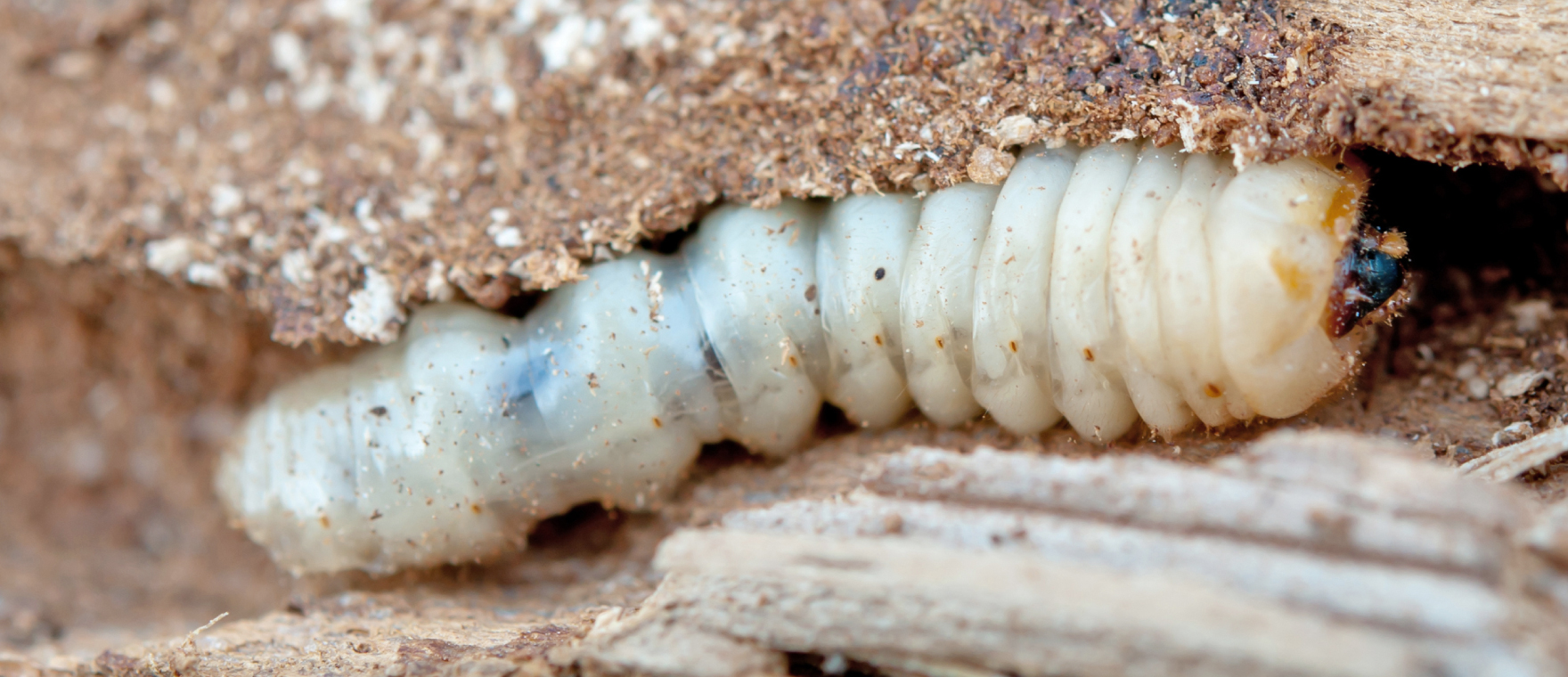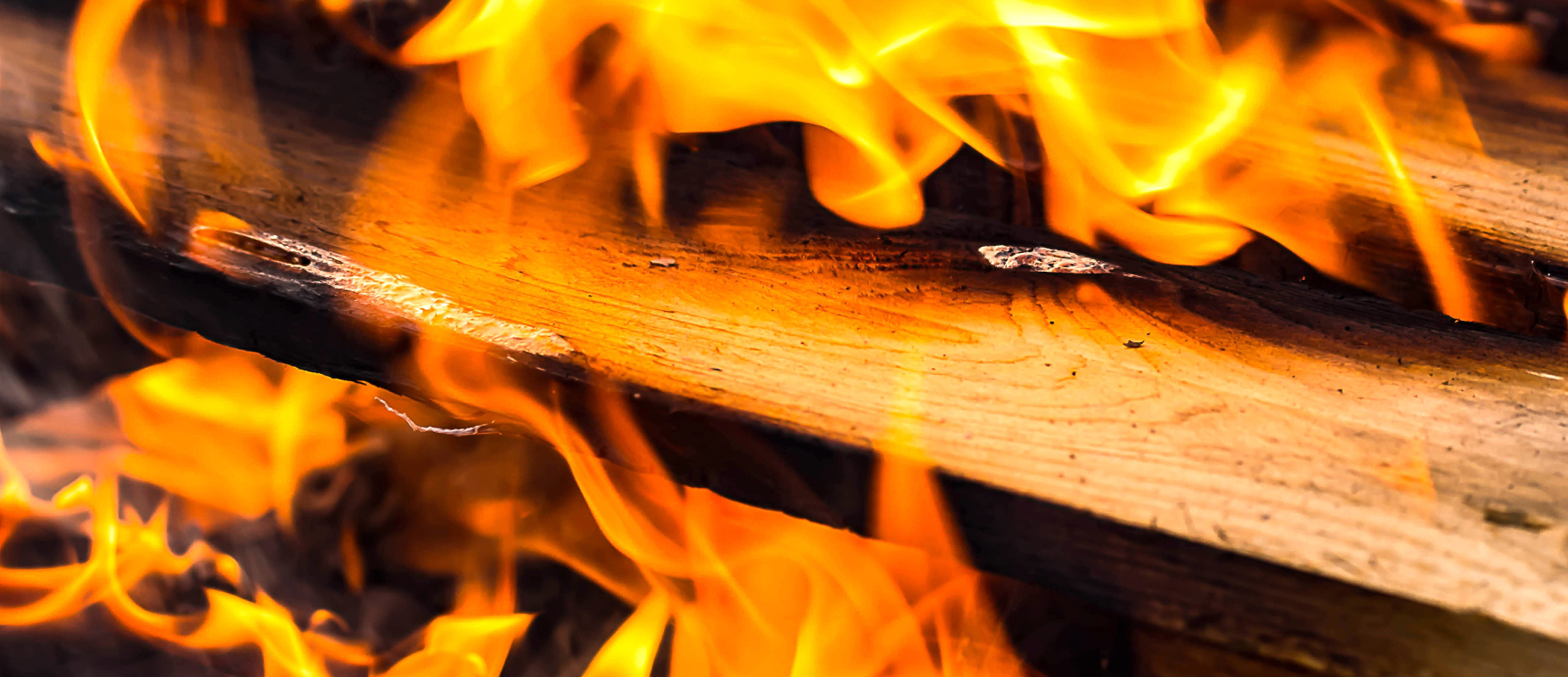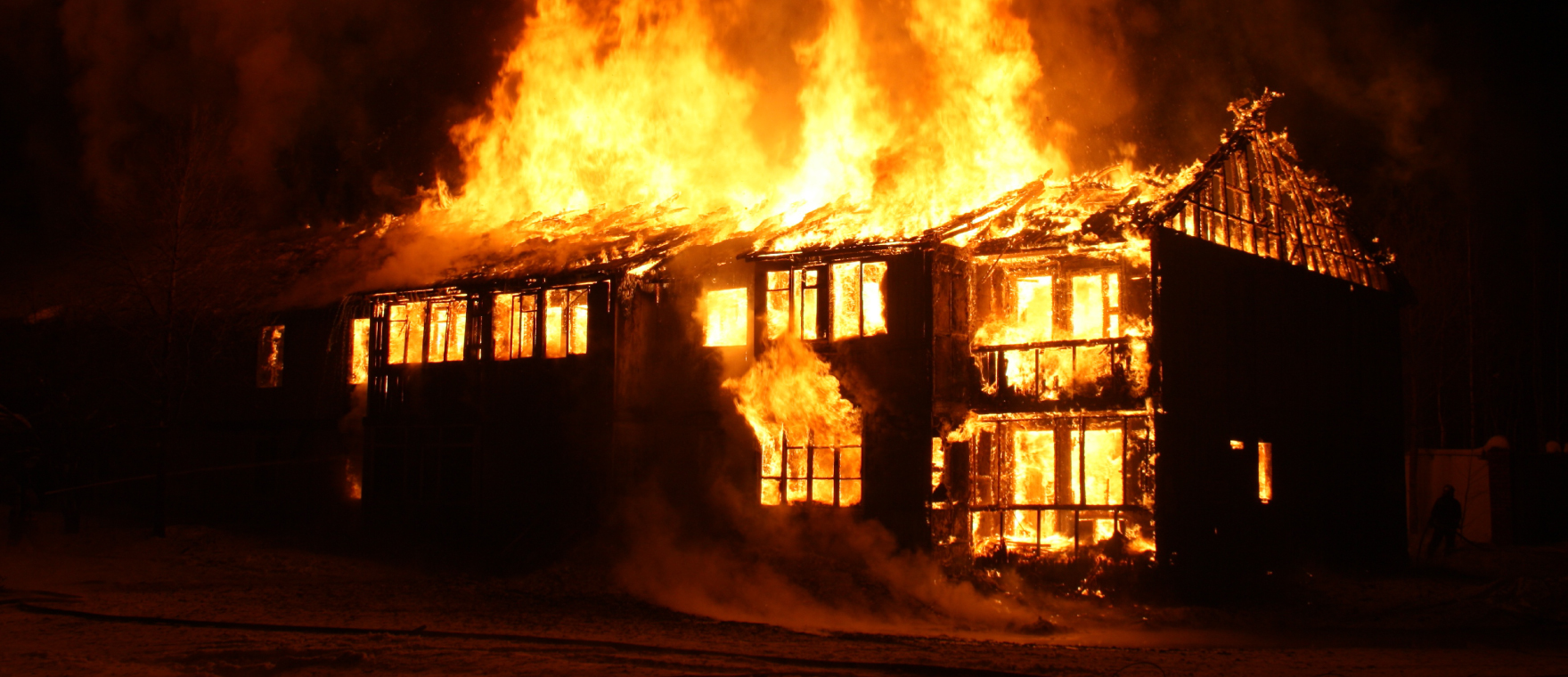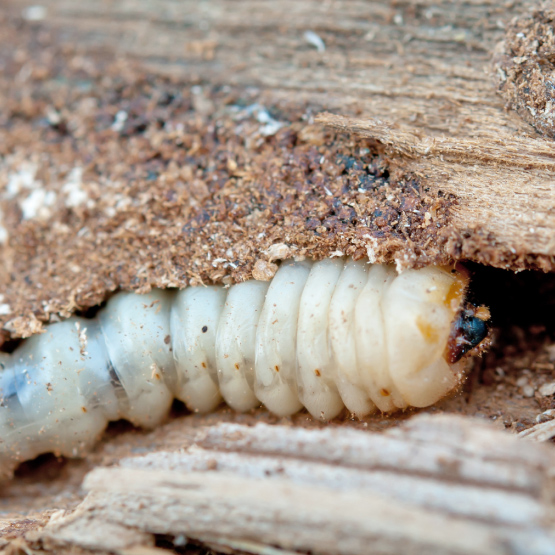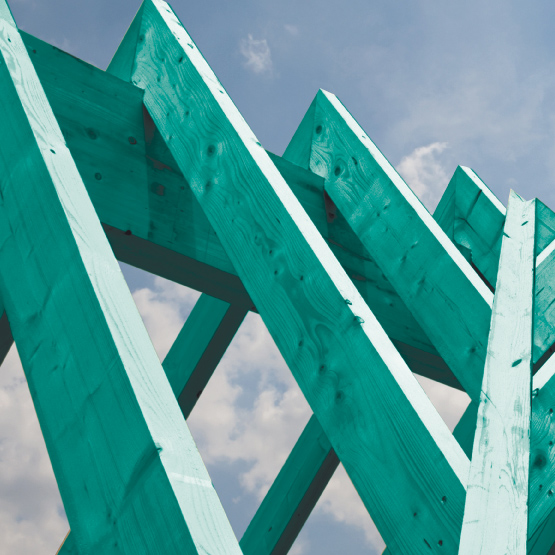- Wood preservation is regulated by EN 335 - Durability of wood and wood-based products - Use classes: definitions, application to solid wood and wood-based products.
- Regulation (EU) No 528/2012 of the European Parliament and of the Council of 22 May 2012 concerning the making available on the market and use of biocidal products (the BPR). Wood preservatives and the active substances which they contain must be approved in advance.
- Wood preservatives used to treat timber that is permanently built into a building fall under the “established products” referred to in Act No. 22/1997 Coll. on Technical requirements for products, and must meet the technical requirements regulated by the domestic legislation of the EU Member State if it is to be made available on the EU market.
- The technical requirements applicable in the Czech Republic are set forth in Government Regulation No. 163/2002 Coll., as amended by Government Order No. 312/2005 Coll.
- Chemical agents may only be used for wood preservation if they have been certified, if they are type-designated and if they have been registered by the Ministry of Health in the Register of Chemical Agents.
Use Classes
The damage caused to timber by pests will depend on where and how the timber is used. In general terms, the stronger the influence of moisture, the higher the risk of pest infestation. But this isn’t always the case. Beetles, for instance, can attack relatively dry indoor timbers with a moisture content of up to 20 percent, and many other pests can also withstand these conditions.
| WOOD RISK CLASSES UNDER STANDARD ČSN EN 335 | ||||
| Use class | Description | Pests | Examples of wood application | Environment |
1 | wood is under cover, completely weather-protected, not exposed to wetting | insect | roof timber, floorboards, battens, cabinet timbers and joinery timbers | dry, non-air conditioned interiors (attics, roof trusses) 10-20% wood moisture |
2 | the wood is under cover, completely weather-protected, humidity or vapour condensation can lead to occasional increase in wetting | insect fungi | structural timber, cladding, roof timber with heightened risk of water vapour condensation | non-air conditioned interiors with relative air humidity of more than 80% (cellars, laundry rooms) wood moisture may exceed 20% |
3 | exterior, above-ground wood, repeatedly exposed to wetting | insect fungi | exterior timber, ceilings, perimeter structures, roof tiles, railings, fence boards | above-ground exteriors (external cladding and structures) wood moisture often greater than 20% + exposed to weathering |
4 | wood is in permanent contact with ground or fresh water, exposed to wetting | insect fungi | electrical pylons, sound barrier fencing, wooden foundations, playgrounds, pillars, bridge structures | wood submerged in ground or water (including partially) wood moisture consistently greater than 20% + exposed to weathering and in ground contact |
5 | wood is exposed to sea water | marine pests fungi | pillars, piers, quays, ship hulls | wood submerged in sea ground or water (including partially) wood moisture consistently greater than 20% + exposed to sea water |
Type-designation of Biotic Anti-pest Preservatives
The symbols used in the type-designation of agents to indicate their specific protective and reparative properties, as determined by testing performed by independent testing laboratories in accordance with the relevant standards, are as follows:
IP ... effective in preventing against insectes;
FB ... effective against basidiomycete fungi;
FA ... effective against ascomycete fungi (soft rot fungi);
B ... effective against blue stain fungi;
P ... effective against mould;
D … treated timber can be exposed to weather, as verified by field testing;
E ... treated timber can be built in extreme conditions and in contact with the ground or fresh water, as verified by field testing.

